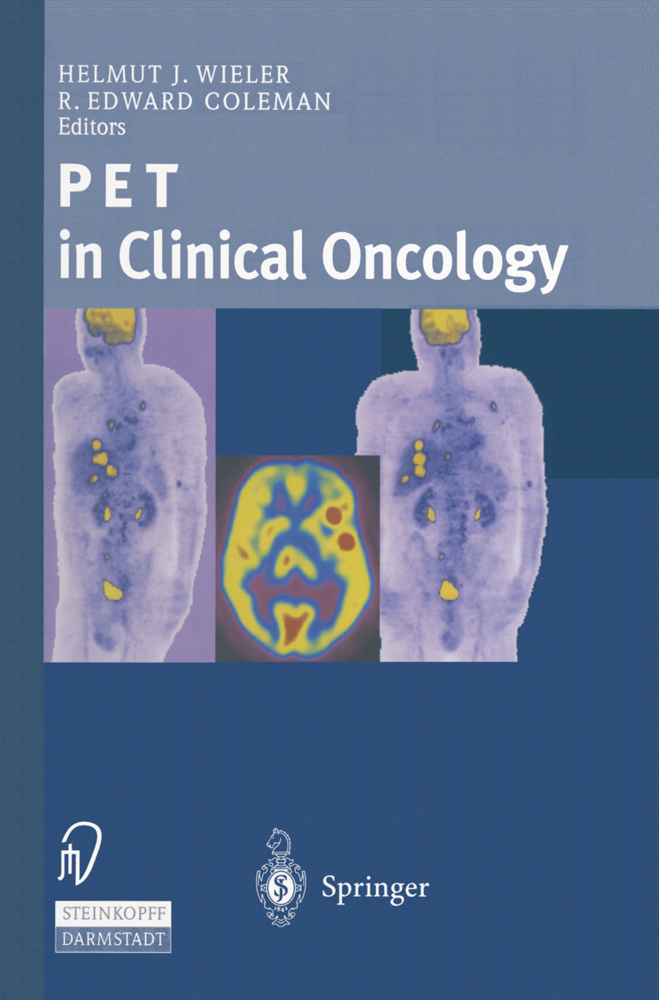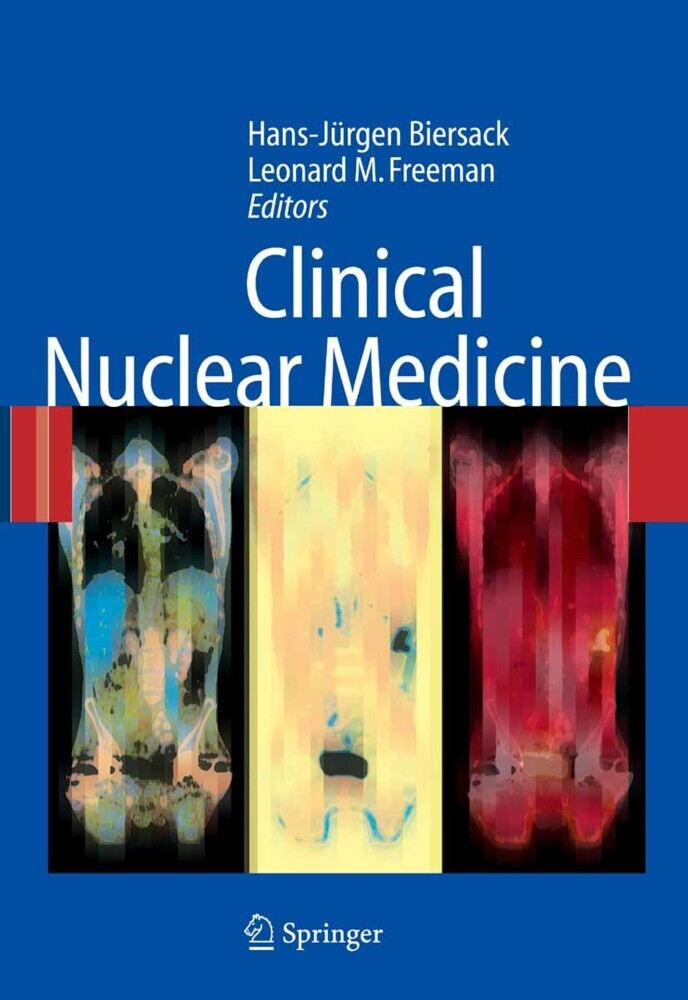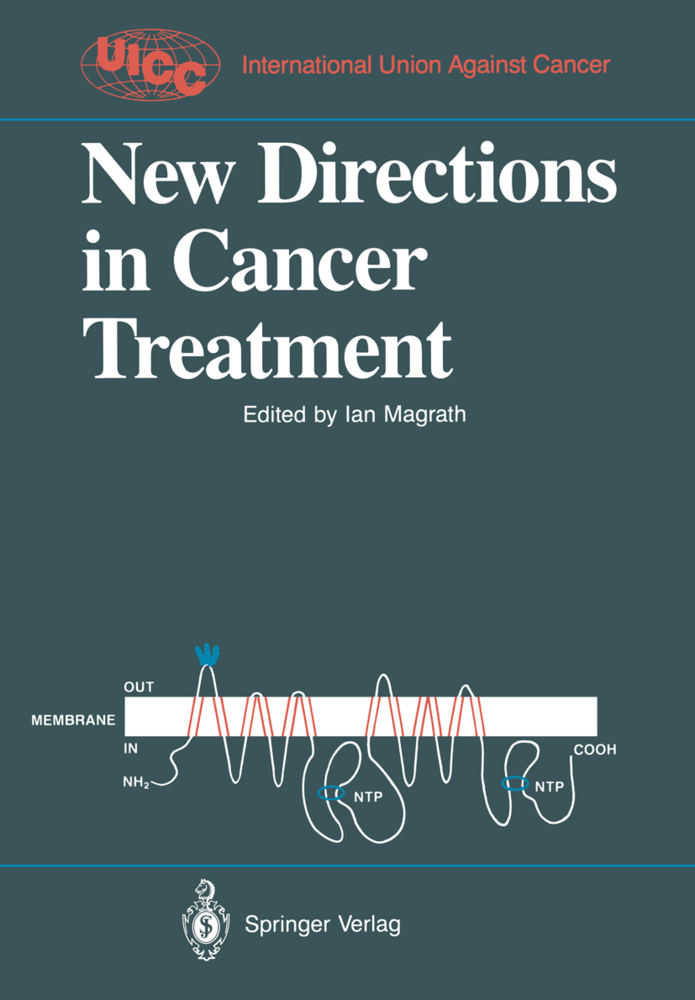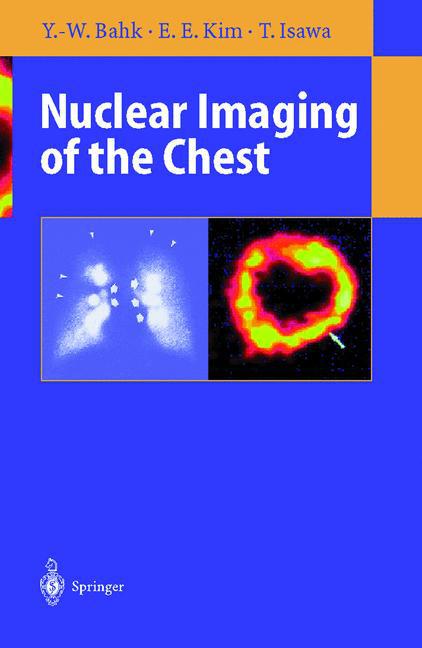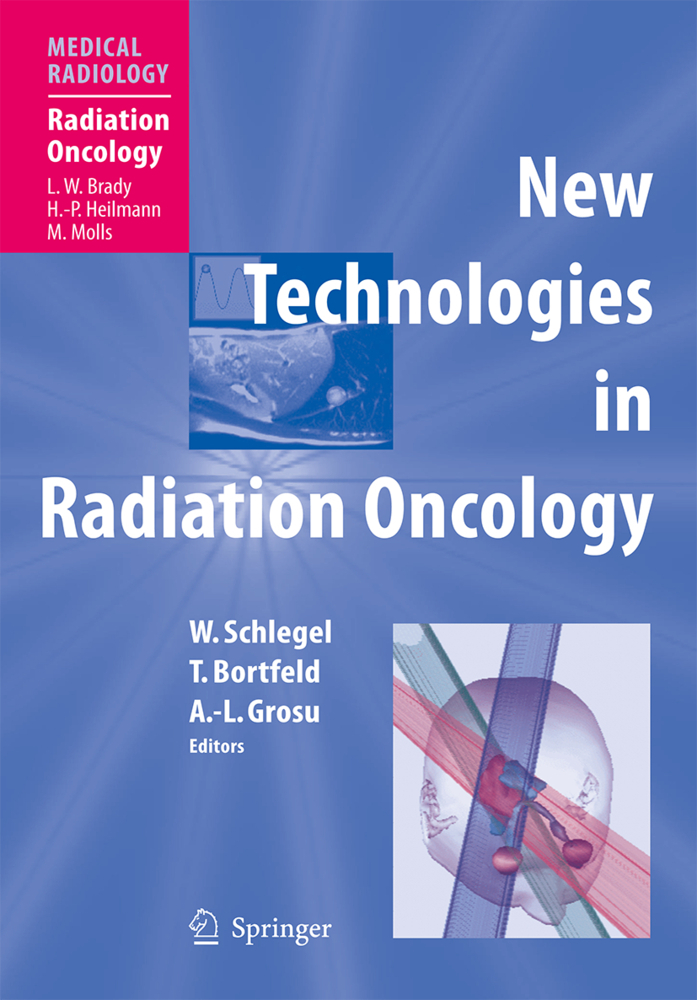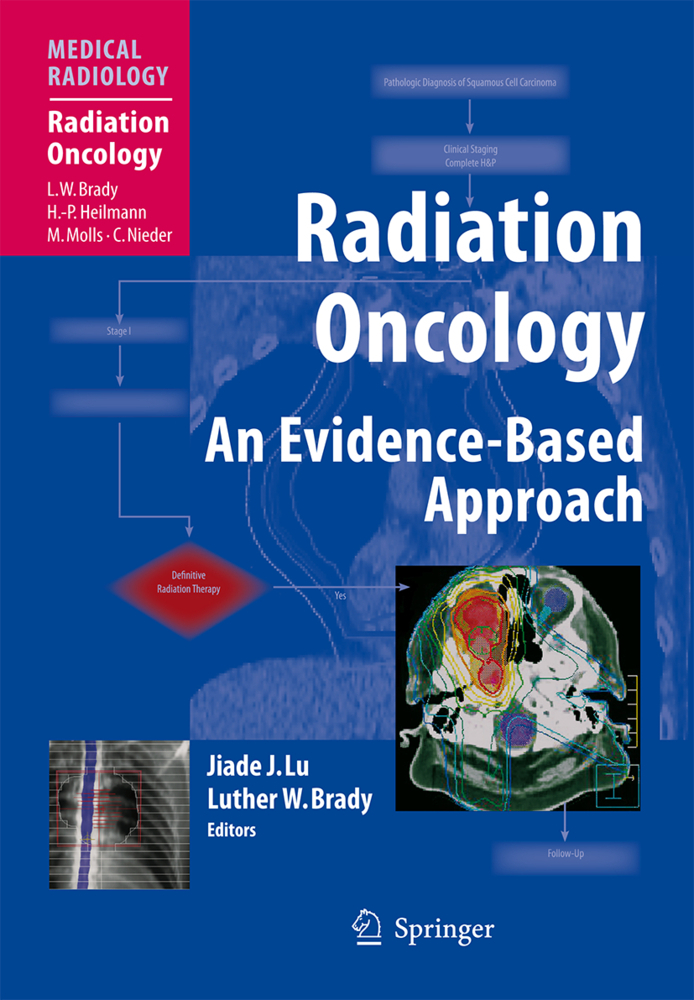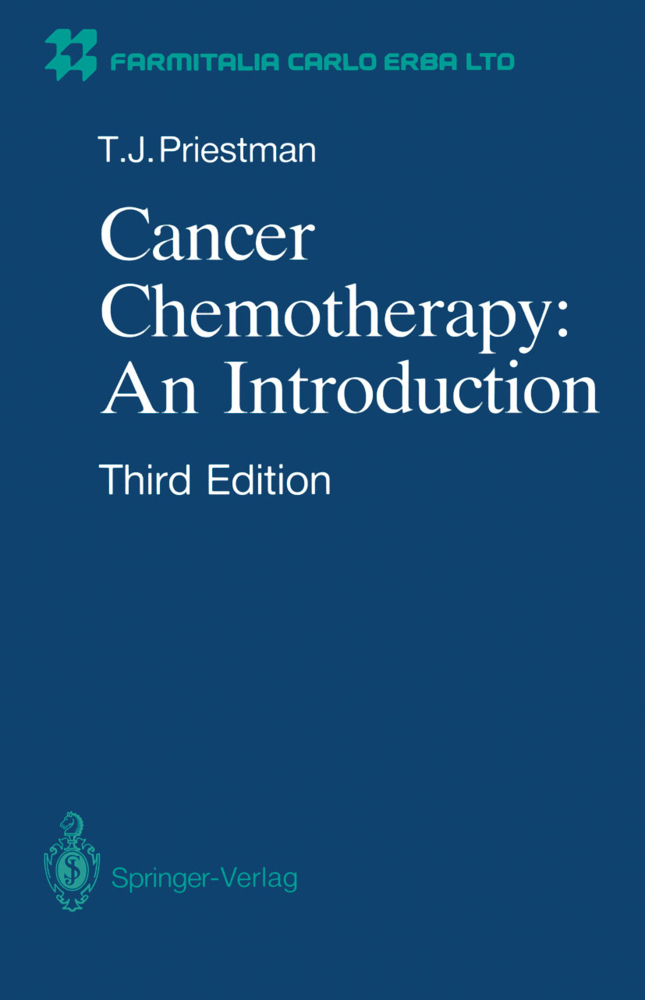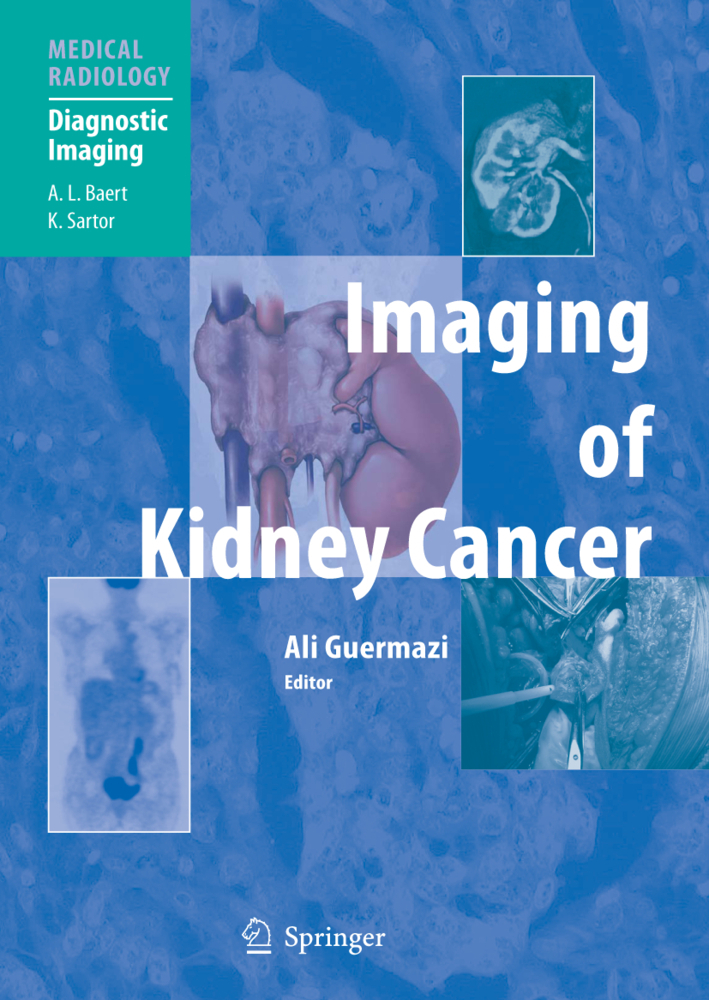PET in Clinical Oncology
PET in Clinical Oncology
PET in Clinical Oncology describes the use of Positron Emission Tomography (PET) in the diagnosis and management of malignant tumors. Experts from Germany and the United States present basics, technical details, and clinical aspects for both standard and new PET techniques. The book illustrates the importance of PET in comparison to other imaging techniques.
Generously supplemented with charts, tables, and illustrations, each chapter provides the reader with well-delineated descriptions, from the basic technical situation through the clinical use of PET. This book is helpful to all those dealing with the diagnosis and therapy of cancer.
2 Physics, quality control
3 Image reconstruction, quantification and standard uptake value
4 Partial volume effects/corrections
5 Radiation safety in PET
6 FDG: biochemical concept and radiochemical synthesis
7 Current developments of 18F-labeled PET tracers in oncology
8 Cerium-doped lutetium oxyorthosilicate: a fast, efficient new scintillator
9 Optimization of gamma camera coincidence systems for PET in oncology
10 Combined PET/CT imaging using a single, dual-modality tomograph: a promising approach to clinical oncology of the future
II Clinical application
11 Brain tumors
12 The role of FDG-PET in the management of oral squamous cell carcinoma (ICD-O-Da M-8070/3)
13 PET in head and neck tumors
14 Carcinoma of unknown primary
15 Thyroid carcinomas
16 Lung cancer
17 Pancreatic cancer
18 Hepatobiliary tumors
19 Colorectal carcinomas
20 Hodgkin and Non-Hodgkin lymphoma
21 Testicular cancer
22 Prostate cancer
23 Malignant melanoma
24 Musculoskeletal tumors
25 Metastatic bone disease
26 Renal cell and urothelial cancer
27 Endocrine/neuroendocrine tumors
28 Breast cancer
29 Ovarian cancer
30 Pitfalls in the interpretation of PET studies
31 Monitoring of gene therapy with PET
List of Radiopharmaceuticals.
Generously supplemented with charts, tables, and illustrations, each chapter provides the reader with well-delineated descriptions, from the basic technical situation through the clinical use of PET. This book is helpful to all those dealing with the diagnosis and therapy of cancer.
I. Basics: Physics, Chemistry, Camera techniques
1 Current status of PET in the United States2 Physics, quality control
3 Image reconstruction, quantification and standard uptake value
4 Partial volume effects/corrections
5 Radiation safety in PET
6 FDG: biochemical concept and radiochemical synthesis
7 Current developments of 18F-labeled PET tracers in oncology
8 Cerium-doped lutetium oxyorthosilicate: a fast, efficient new scintillator
9 Optimization of gamma camera coincidence systems for PET in oncology
10 Combined PET/CT imaging using a single, dual-modality tomograph: a promising approach to clinical oncology of the future
II Clinical application
11 Brain tumors
12 The role of FDG-PET in the management of oral squamous cell carcinoma (ICD-O-Da M-8070/3)
13 PET in head and neck tumors
14 Carcinoma of unknown primary
15 Thyroid carcinomas
16 Lung cancer
17 Pancreatic cancer
18 Hepatobiliary tumors
19 Colorectal carcinomas
20 Hodgkin and Non-Hodgkin lymphoma
21 Testicular cancer
22 Prostate cancer
23 Malignant melanoma
24 Musculoskeletal tumors
25 Metastatic bone disease
26 Renal cell and urothelial cancer
27 Endocrine/neuroendocrine tumors
28 Breast cancer
29 Ovarian cancer
30 Pitfalls in the interpretation of PET studies
31 Monitoring of gene therapy with PET
List of Radiopharmaceuticals.
Wieler, Helmut J.
Coleman, R. Edward
| ISBN | 9783642633294 |
|---|---|
| Artikelnummer | 9783642633294 |
| Medientyp | Buch |
| Auflage | Softcover reprint of the original 1st ed. 2000 |
| Copyrightjahr | 2012 |
| Verlag | Springer, Berlin |
| Umfang | 422 Seiten |
| Abbildungen | XX, 422 p. |
| Sprache | Englisch |

